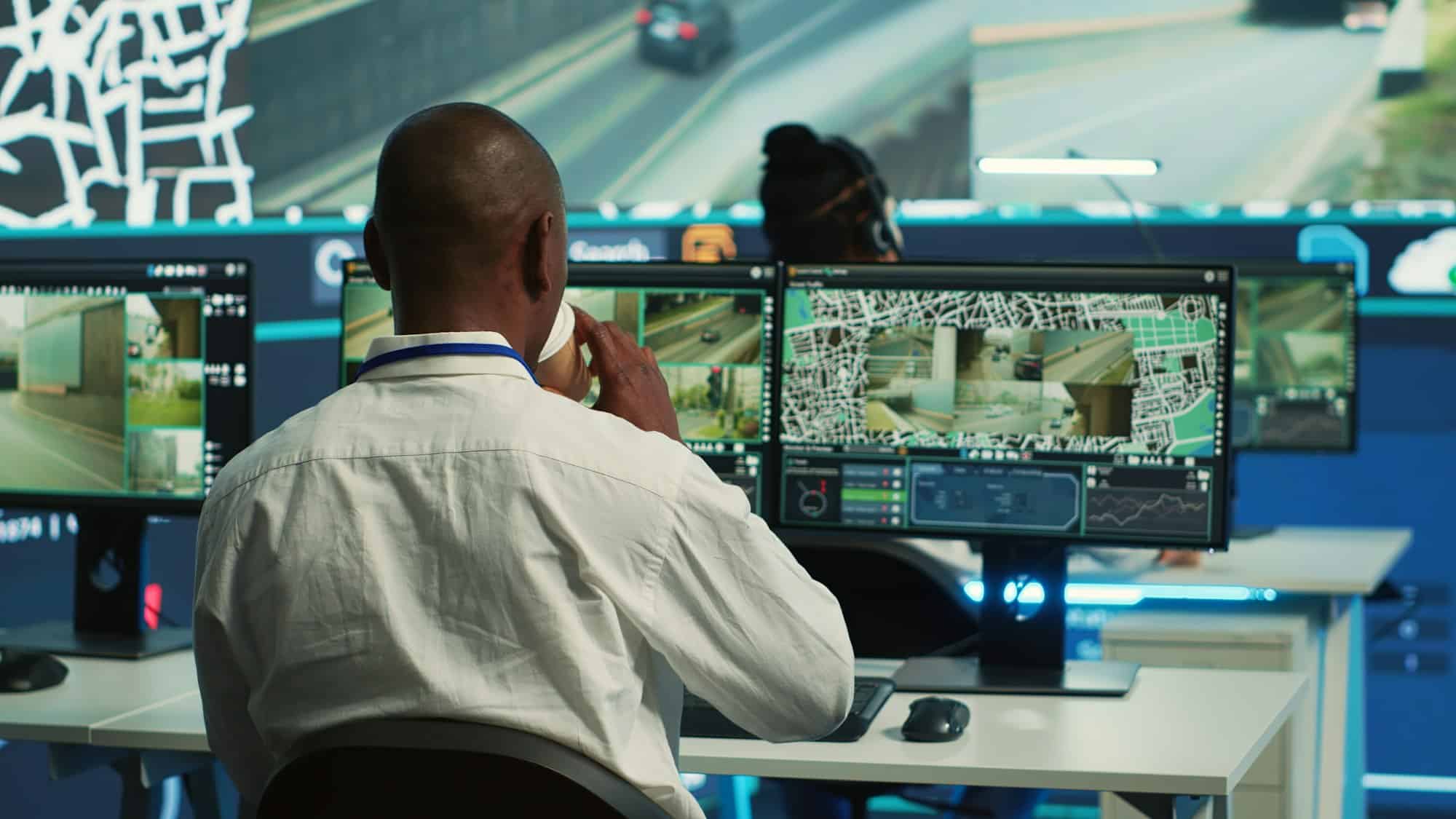In an increasingly dynamic and technology-driven world, optimizing our commuting experience has never been more paramount. The modern car is no longer merely a driving machine; it’s a smart vehicle. Thanks to the rapid evolution of data-driven systems, commuting has become smarter, safer, and more efficient. This is especially true in urban environments like those in the UK, where the use of smart driving systems is essential to navigate through complex city grid systems. This article is an analysis of the specific features that UK drivers should look for in a car’s navigation system for seamless urban commuting.
Leveraging Data for Improved Mobility
Navigating through city streets can be overwhelming, especially during peak traffic hours. Thankfully, data has revolutionized the way we navigate urban areas. But how does data contribute to improved mobility?
Also to see : What are the insurance considerations for UK drivers using their personal car for ride-sharing purposes?
Navigation systems collect data in real-time, which allows for performance analysis and continuous learning. These data-driven systems can predict traffic patterns, recommend optimal routes, and even estimate your time of arrival. A navigation system that uses real-time traffic data can significantly improve your commuting experience. It not only saves you driving time but also contributes to a more eco-friendly city by reducing idle time and carbon emissions.
Moreover, dashboard features that display data, such as petrol stations, shopping centres, and parking lots, can be highly advantageous. So, when choosing a navigation system, ensure it is capable of integrating real-time data and displaying critical information on the dashboard.
In the same genre : How to determine the best window tinting level according to UK law?
Smart Traffic Control Features
Vehicle-based traffic control is making significant strides in reducing the time spent on the road. Smart traffic control features in navigation systems can suggest less congested routes, improving commuting efficiency and reducing stress.
For instance, the proposed system could use data from other vehicles, traffic cameras, and sensors to provide real-time traffic updates. This includes information on accidents, road closures, and other unexpected incidents. Furthermore, systems that can integrate with smart city infrastructures, such as traffic lights and road signs, offer a more holistic view of the city’s traffic situation.
Therefore, it is crucial to choose a navigation system with advanced traffic control features to make your urban commuting experience more efficient and enjoyable.
Enhanced Performance under Varying Conditions
Driving conditions in urban areas can vary tremendously, from clear blue skies to torrential downpours. Thus, it’s important for your navigation system to maintain consistent performance irrespective of the weather or time of day.
Some advanced navigation systems use infra-red or thermal imaging to enhance visibility during night driving or adverse weather conditions. They can also display important data such as the distance to the car in front, providing additional safety.
Moreover, systems that adapt to varying driving speed can also enhance urban commuting. For instance, when driving at high speed on a motorway, the system could display a larger portion of the map and ahead. But in city traffic with frequent turns, it could focus on a smaller area and provide more detailed instructions.
Therefore, consider a system that provides a high level of adaptability to varying conditions for a safer and more comfortable driving experience.
User-Friendly Interface and Voice Control
The interface of your car’s navigation system directly impacts your driving experience. A complex interface can be distracting, while a user-friendly one enhances safety and convenience.
A system with clear, easy-to-interpret maps and directions is crucial. The ability to zoom in and out easily, adjust the perspective, and rotate the map can significantly improve navigation, especially in a dense urban environment.
Furthermore, voice control functionality is becoming increasingly important. This feature allows you to input destinations or adjust settings without taking your eyes off the road, enhancing safety.
Integration with Other Systems and Devices
Lastly, the future of urban commuting lies in integrated systems. Your car’s navigation system should be able to seamlessly connect with other systems and devices.
Integration with your smartphone or smartwatch can offer additional convenience. For example, you could set your destination on your phone before leaving the house, and then simply start the car to begin navigation.
Meanwhile, integration with other vehicle systems like the audio system or heads-up display can enrich your commuting experience. For instance, you could have navigation instructions displayed on your windscreen or through your car speakers.
In conclusion, an ideal navigation system for urban commuting in the UK should be data-driven, have smart traffic control features, perform effectively under varying conditions, boast a user-friendly interface with voice control, and integrate with other systems and devices. By taking into account these features, you can ensure a smoother, safer, and more efficient journey in the city.
Advanced Machine Learning & Autonomous Driving Capabilities
As we continue to embrace the era of big data and artificial intelligence, machine learning has become a pivotal tool in enhancing navigation systems. Machine learning, a subset of artificial intelligence, enables systems to learn and improve from experience. A navigation system with advanced machine learning capabilities can analyze driving patterns, learn regular routes, and anticipate the driver’s needs.
The complex nature of city driving demands a navigation system that can adapt and learn from the unpredictable. Machine learning can provide real-time updates on traffic conditions, predict congestion based on historical data, and recommend the most efficient routes. This can drastically increase fuel efficiency and minimise commuting time.
Moreover, we are witnessing the rise of autonomous vehicles. Autonomous driving relies heavily on navigation systems that can accurately perceive the environment, make intelligent decisions, and operate the vehicle safely. Autonomous vehicles require advanced sensor technologies to detect and avoid obstacles, recognise traffic signs, and navigate complex city environments.
Therefore, when considering a car’s navigation system, it’s essential to look for advanced machine learning capabilities and compatibility with autonomous driving. This will ensure that your vehicle remains future-proof, and that your urban commuting experience is as efficient and stress-free as possible.
Integration with Smart City Infrastructure
The concept of smart cities is becoming increasingly prominent. A smart city uses information and communication technologies to improve the quality of urban services, reduce costs and resource consumption, and enhance interaction with citizens. Navigation systems that can integrate with smart city infrastructure offer a more comprehensive and efficient urban commuting experience.
Transportation systems in smart cities use advanced technologies like the internet of things (IoT), deep learning, and big data to manage and control traffic flow efficiently. For instance, your navigation system could connect with traffic lights to optimise your journey through traffic, or with parking systems to find available parking spaces in real-time.
Moreover, navigation systems that can communicate with smart city infrastructure can provide real-time updates on public transportation. This feature can be particularly beneficial if you use your car for part of your commute but rely on public transportation for the remainder.
In conclusion, the optimal navigation system for urban commuting in the UK should encompass advanced machine learning capabilities, compatibility with autonomous driving, and integration with smart city infrastructure. These features will ensure your navigation system is not only efficient and user-friendly, but also future-ready. By prioritising these elements, you can transform your urban commuting experience, making it less of a chore and more of a pleasure. As we move towards a future of intelligent transportation and smart cities, these features will become increasingly significant in our daily driving experiences.






